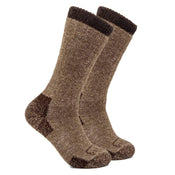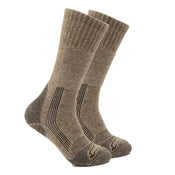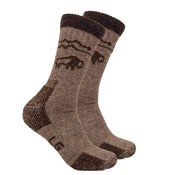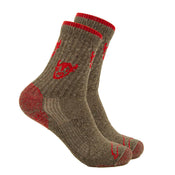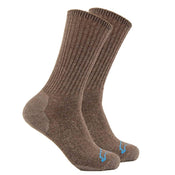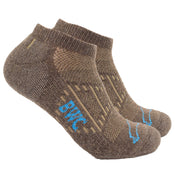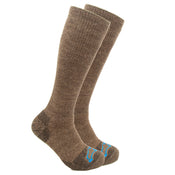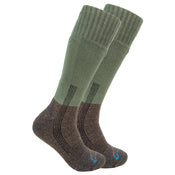Why Bison Fiber?
Exceptional Insulation
Bison fiber, particularly the downy undercoat, provides superior warmth and insulation in cold weather
. This exceptional insulating ability stems from the fiber's structure and composition, which has evolved to protect bison from extreme temperature variations in their natural habitats.
Temperature Regulation
One of the most notable features of bison fiber is its temperature-regulating properties. This characteristic allows bison to survive in diverse climates, from the heat of Texas to the frigid temperatures of South Dakota
. When used in clothing, this property helps maintain a comfortable body temperature across varying external conditions.
Fiber Structure
The thermal efficiency of bison fiber is largely due to its unique structure:-
Fineness: The down fiber from adult bison measures between 17 to 22 microns, contributing to its softness and insulating capacity
. -
Staple Length: The typical staple length of adult bison down is about 1½ inches with a lot of "crimp" or kinks and bends, which allows for effective trapping of air pockets
.
Thermal Performance
While specific thermal conductivity values for bison fiber are not provided in the search results, its performance can be inferred from its use and comparisons to other insulating materials:-
Bison fiber is described as providing "seriously warm" insulation, suggesting low thermal conductivity and high heat retention
. - The fiber's ability to keep a 1,000-pound animal insulated through harsh winter months indicates its exceptional thermal properties .
Practical Applications
The thermal properties of bison fiber make it ideal for various applications:-
Winter Apparel: Bison fiber is increasingly used in high-performance winter jackets and accessories, leveraging its warmth-to-weight ratio
6.
-
Blending: When blended with other fibers, bison down can enhance the thermal properties of the resulting yarn while improving durability
.
Additional Characteristics
Beyond its thermal properties, bison fiber offers other benefits that complement its insulating capabilities:-
Softness: Despite its rugged origins, bison down is surprisingly soft, making it comfortable for direct skin contact
. -
Durability: Bison fiber exhibits high tenacity (8.7 cN/tex) and good extension (39.3%), contributing to the longevity of garments made from this material
.





